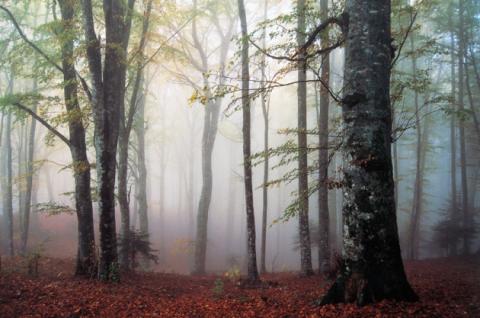
Silvano Fares, Giuseppe Scarascia Mugnozza, Piermaria Corona & Marc Palahí
Europe's varied climates support some of the most biodiverse woodlands on Earth. More than 40% of the continent's land area is wooded. In the north, evergreen forests host Norway spruces and Scandinavian pines; around the Mediterranean, tough-leaved trees such as the holm oak and Aleppo pine withstand heat and drought. Dense beech and oak forests blanket Eastern Europe, and thin strands of dwarf pine mark the Alpine timberline.
Woodlands in Europe have been harvested for timber for thousands of years, but today their roles are multiplying. Wood can substitute for fossil fuels and carbon-intensive materials such as steel. And growing trees sequester carbon — photosynthesis absorbs carbon dioxide from the atmosphere and puts it in wood and soil. Forests remove around 9% of Europe's anthropogenic CO2 emissions from the air.

